The Broke Backpacker is supported by you. Clicking through our links may earn us a small affiliate commission, and that's what allows us to keep producing free content 🙂 Learn more.
Today, ladyfingers and gentlebread, on this very special episode of The Broke Backpacker’s Takes, we’re discussing ethical animal tourism. I like my travel responsible—a starched collar accented by a dashing Windsor knot. Understanding wildlife tourism, and how we as travellers relate to it, is a big part of that.
Personally, I have a 50-Foot-Pole Policy, as in ‘don’t touch with’. But here’s what the years of travel have taught me: people are going to do it anyway. We love animals, and we just wanna pat the bastards! Even the scary munch-your-face-off bastards.
So instead of just being silent on the topic, let’s approach it. The importance of wildlife tourism—or more aptly, the conversation around it—cannot be stated enough. I can advocate for a stringent do-not-support policy, but it’s still important that we discuss our shared and individual impacts on wildlife through tourism.
The positives, the negatives, and the types of wildlife tourism… Can we really engage with animals as tourists without turning animals into tourist attractions themselves? How can we help to stop animal cruelty in tourism?
Does ethical animal tourism even exist? Let’s talk about the elephant in the room.

The Broke Backpacker is supported by you. Clicking through our links may earn us a small affiliate commission, and that's what allows us to keep producing free content 🙂 Learn more.
What is Wildlife Tourism?
To put it simply, it’s tourism involving animals. It’s animals serving as entertainment for tourists. Whether it’s for the proposed ecological benefits or for the dollar dollar bills (y’all), if there are animals and tourists then it’s animal tourism.
IF you wanted to get semantic, you could stress that wildlife tourism specifically involves interaction (either actively or passively) with animals in their natural habit. However, we’re going to use the two terms pretty interchangeably here.
While having animals in their natural habitat is certainly a point in favour of any institution of wildlife tourism, it doesn’t necessarily make it ethical animal tourism. Examples of wildlife tourism—some worse than others—include:
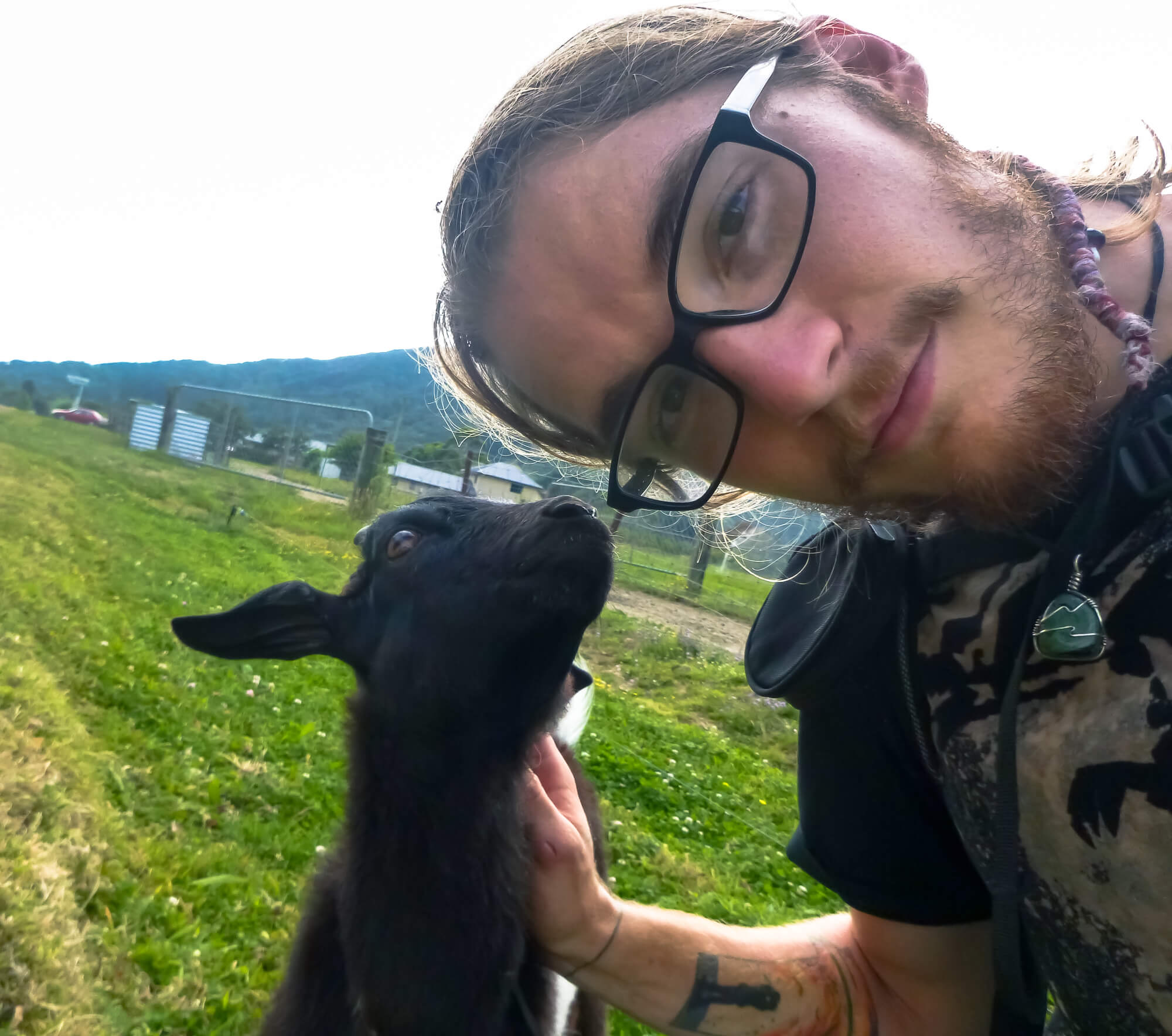
Photo: @themanwiththetinyguitar
- Safaris
- Zoos and wildlife parks
- Hunting
- Elephant tourism (elephant riding, sanctuaries, walks, etc.)
- Animal photography
- Performing animals (eg. monkeys, cobra charming, dolphins)
- Etcetera, etcetera
The actual list of wildlife tourism types and example is pretty exhaustive, but that’s the gist!
The history of wildlife tourism is a long and chequered past that often intersects with the histories and traditions of many cultures spread throughout our planet. But once money gets involved, things become an industry. When a lot of money gets involved, industries become destructive.
As growing ideas of ethical tourism and responsible travel have increasingly taken the spotlight in the travel industry, so too have many of these archaic practices been put under scrutiny. Now we’re starting to ask the question…

Do You Want to Travel FOREVER??
Pop your email in below to get a FREE copy of ‘How to Travel the World on $10 a Day!’.
Is Ethical Animal Tourism Possible?
I’m going to be honest; I came into writing this with the wishful thesis of ‘yes’. I wanted there to be an easy answer on how to do wildlife tourism right, but there’s not.
We can simplify it into two main perspectives:
- No. It’s all bad. Be a vegan. Fuck your eggs for breakfast!
- It’s a sticky subject, but it’s not all bad. There are positive impacts of wildlife tourism too.
And the truth is that they’re both true. In an imperfect world where animals are already crushed by the spread of humanity’s needs and desires, there are benefits to wildlife tourism.
However, the situation really does suck a whole lot. Reprehensible practices have seeped into industries across the board, and it’s not like they were coming from the most glowing history to begin with. It’s a minefield of nuclear lava-sharks where a single wrong choice means promoting the suffering of living creatures.
But what’s the biggest truth of all? That we’re just such gosh-darn animals lovers—tourists gonna tourist!
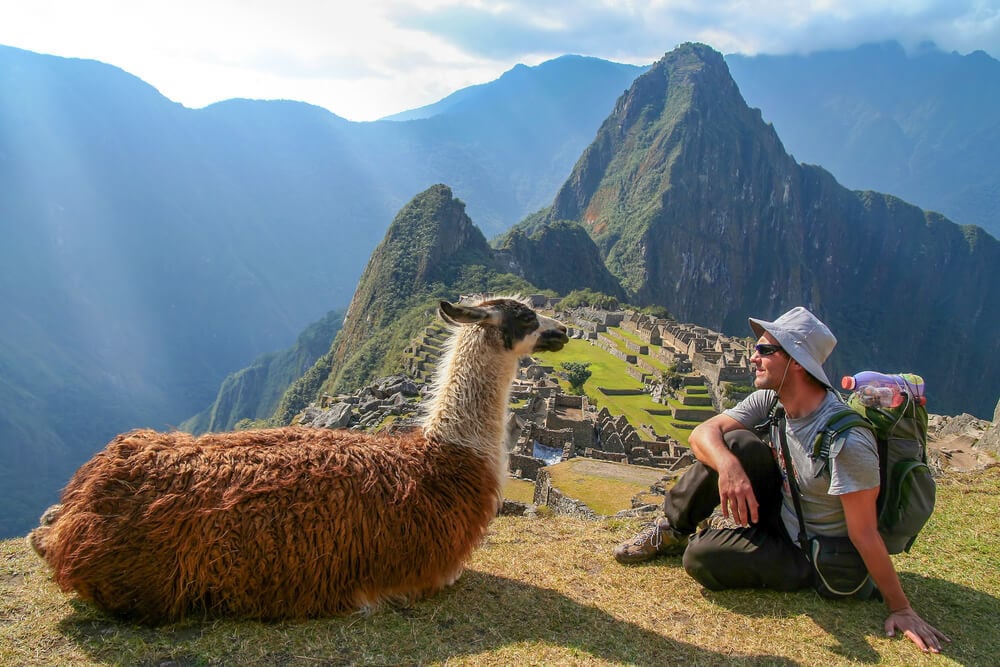
The idea that you can bludgeon the desire to engage with animals touristically out of all travellers is about as realistic as bludgeoning veganism into the entire global population. These are a myriad of multi-million dollar industries spread throughout countless countries, languages, and, indeed, cultural values. Any changes that can be made are going to come slow.
So maybe, I propose, it’s not about whether ethical animal tourism is possible. As with most things in life, it’s not a clear-cut monochrome morality.
What we should hone in on is harm minimisation, education, and the reduction of our negative impact on wildlife through tourism.
Ethical animal tourism is about being aware; it’s about viewing the whole picture and finding your place within the frame. You may not take the complete non-involvement route as I do, but even just thinking about this stuff more and being aware of your footprint in the animal kingdom is a step in the right direction.
Making more responsible decisions about how you interact with animals—and where you put your dollar dollar bills (y’all)—as a tourist is ethical.
So before we get into the countless examples of animal abuse in tourism industries (and what we can do about it), let’s remember the good stuff.
Some Positive Impacts of Wildlife Tourism
None of these arguments are bulletproof, nor do I necessarily stand behind them, however, to truly break down what animal tourism is (and where you stand on it), it’s important to recognise all perspectives.
Conservationism is the big one that defines the importance of wildlife tourism and is both directly and indirectly linked to most positivity in the industry. Wildlife tourism is often interwoven with conservation efforts. This is encapsulated in many ways:
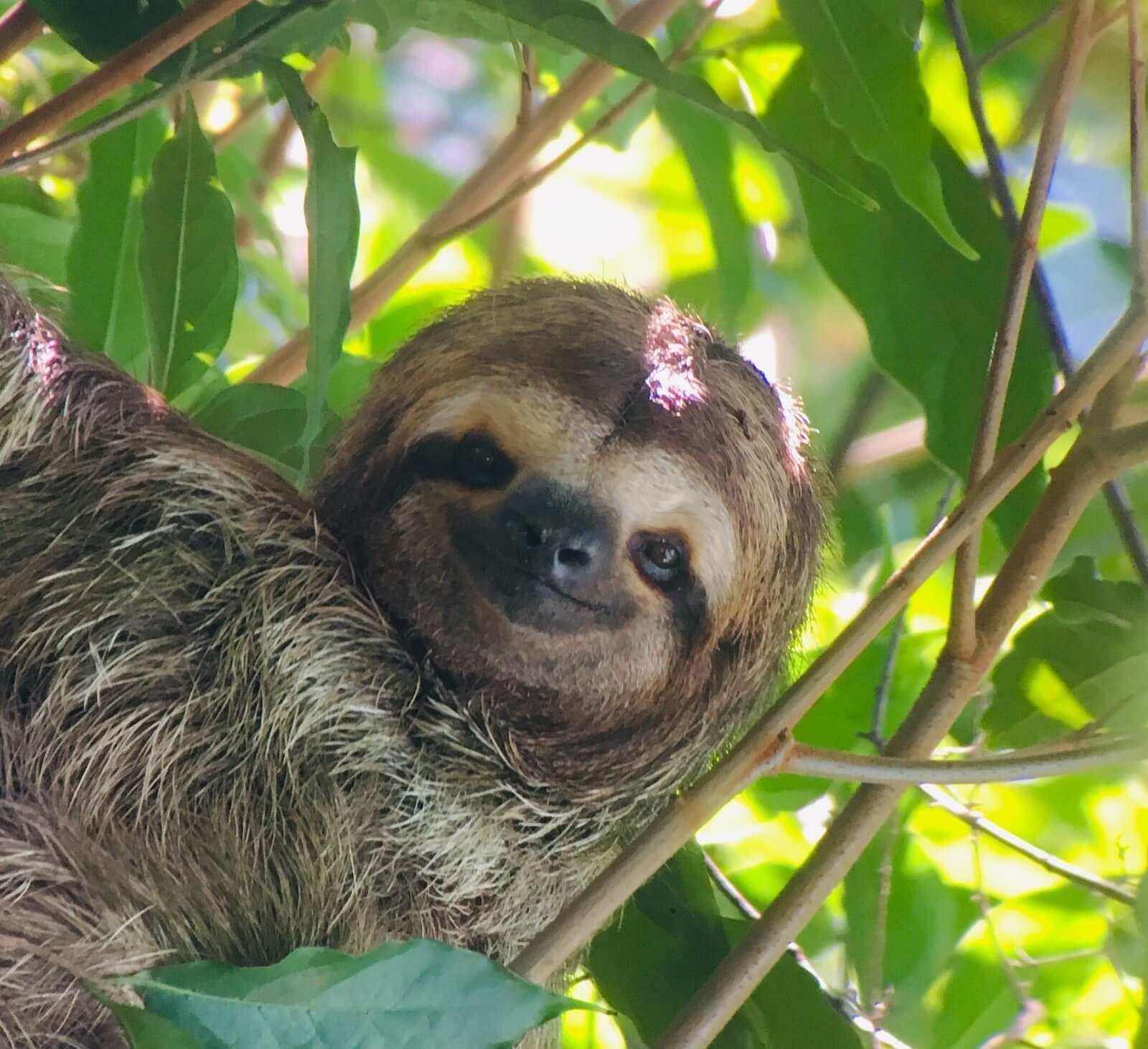
- Financially – Many forms of animal tourism act as a financial boon to conservation efforts either through monetary contributions or by being a self-funded act of conservation in of itself.
- Breeding/restoration of wildlife populations – It’s also common for many institutions in the industry—particularly wildlife parks and zoos—to breed animals (sometimes rehabilitating them into wild habitats) and prevent critically endangered species from reaching extinction.
- Habitat conservation – ‘Eco’ forms of ethical tourism (eg. accommodation, villages, and volunteering projects) tend to be forms of habitat conservation by default.
- Population maintenance – The truth is conservation runs both ways: sometimes a cull is equally necessary as a boom. Maintenance of populations is both a necessity in successful conservation management and safe and sustainable wildlife tourism.
- Poaching prevention – Pretty basic—wherever there are throngs of tourists and locals benefitting from the wildlife, there tend to be fewer poachers around being complete wastes-of-oxygen.
- Promoting awareness – Sustainable and animal-friendly tourism practices integrate people with both animals and education of good behaviour. Awareness and education of eco-friendly travels is going to be one of the recurring themes of this article.
It’s also important to understand what conservationists call the “umbrella effect”. It’s almost standard that when you focus conservation efforts on one particular organism in a habitat, the entire local ecosystem benefits. To put it bluntly, if we’re “saving the whales”, we’re almost definitely saving the dolphins, fish, plankton, coral, and giant squids too.

Drink water from ANYWHERE. The Grayl Geopress is the worlds leading filtered water bottle protecting you from all manner of waterborne nasties.
Single-use plastic bottles are a MASSIVE threat to marine life. Be a part of the solution and travel with a filter water bottle. Save money and the environment!
We’ve tested the Geopress rigorously from the icy heights of Pakistan to the tropical jungles of Bali, and can confirm: it’s the best water bottle you’ll ever buy!
View on REI Read the ReviewTypes of Wildlife Tourism in Destinations Around the World: The Good, the Bad, and the Ugly
There are destinations around the world that we just can’t help but associate with magnificent beasties! The Big Five in Africa, elephants and monkeys right across Asia, whatever the hell is going on with Australia’s weird-ass wildlife… There are places in the world that people travel too with near-giddiness to interact with the local fauna.
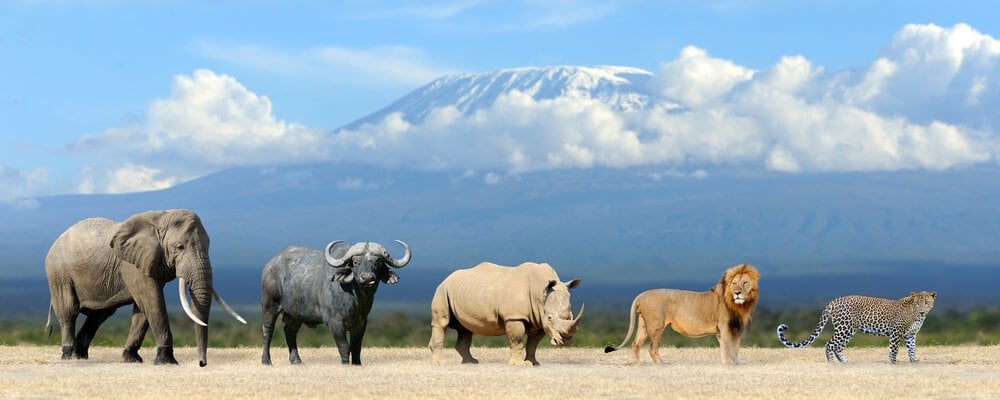
That’s why sometimes we get overexcited and don’t stop to think about our impact on wildlife as tourists. While some types of animal tourism are heavily entrenched in certain destinations, that doesn’t mean the industries have a glowing record. It also doesn’t mean that an organisation that appears to be promoting animal-friendly tourism aren’t havens of cruelty behind the scenes (see the case of Thailand’s infamous Tiger Temple).
Let’s break down the common types of wildlife tourism you’re going to encounter on the road. These are the kinds of animal-based activities that you’ll find in some of the most popular wildlife tourism destinations in the world. While some things are obviously deplorable even to the untrained eye in ethical tourism, some of these we don’t think about so much…
Until we see it pop up the news headlines several years later along with 40 dead tiger cubs.
The Ethics of Elephant Tourism
Let’s get one thing abso-fucking-lutely crystal: do not ride an elephant ever. Not in a saddle, not bareback, not anything. Unless you’re deep in the jungles of Laos, a wildfire breaks out, and an elephant comes screaming out of the thickets to personally rescue you, no riding.
This is how an elephant is trained for tourist rides. This is not a happy watch and you may want to skip it; you have been warned.
Elephant tourism is huge (hah). People adore elephants. And how could you not?
They’re the gentle giants of the animal kingdom! (That occasionally trample entire villages to rubble.)
Elephant tourism is one of the most common and one of the most egregious types of wildlife tourism. In Asia in particular—primarily, South and Southeast Asia—you’re going to have ample opportunities to engage with these beloved beasts. One of the main forms of wildlife tourism in India, Sri Lanka, Thailand, and other Asian destinations are elephant sanctuaries and orphanages, and, sadly, a lot of them are epicentres for animal abuse.
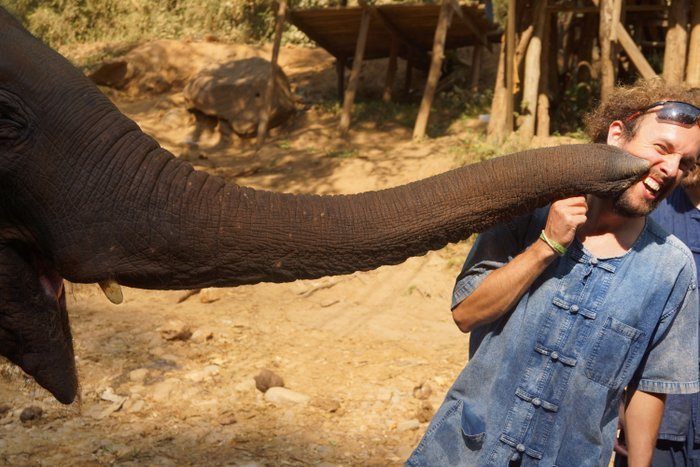
Photo: Sasha Savinov
Does that mean you should scratch a day with Dumbo off your travel goals list? No, of course not! There are plenty of elephant sanctuaries around that do incredible work, and there are plenty of opportunities to experience them without patronising something else more insidious.
However, that’s a mammoth subject; ethical elephant tourism deserves (and gets) its own piece. The primary takeaway is that you need to research extensively before visiting anything elephant-related.
It’s genuinely one of the most overlooked examples of wildlife tourism gone wrong, particularly and rather surprisingly with backpackers. There are countless examples of abuse right through the elephant tourism industry from chaining to beating to separating calves and mothers to even just the sheer fallacy that it’s possible to provide a natural habitat for a 4+ tonne, 6+ metre creature in captivity.
Just, think about it.
The Story of Pinnawala Elephant Orphanage (and the Alternatives)
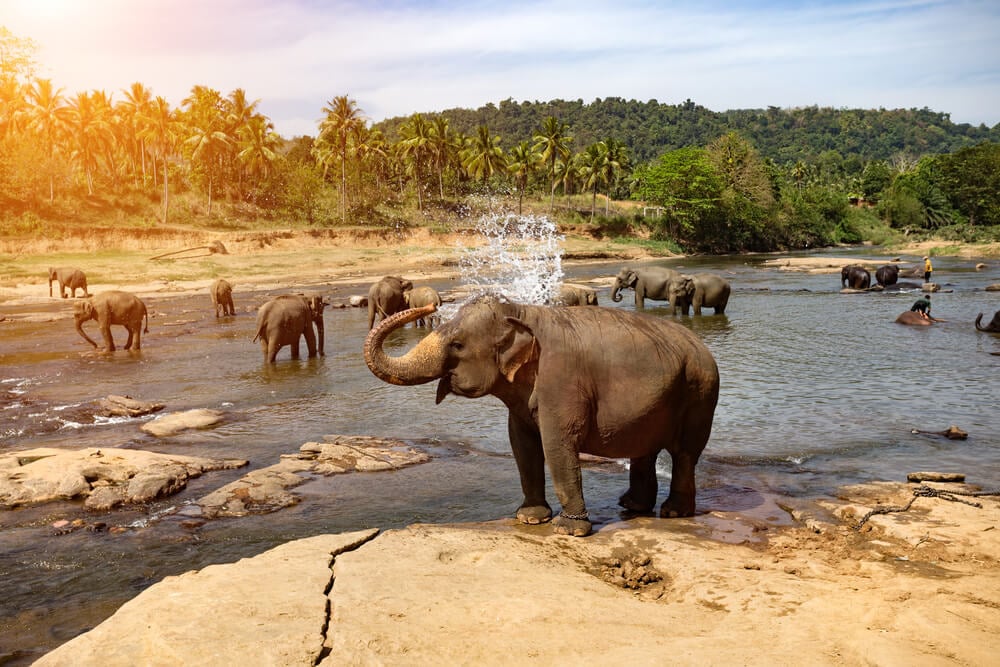
It’s another horror story of looks being deceiving. There’s a famous elephant sanctuary in Sri Lanka—Pinnawala Elephant Orphanage. For years this place was seen as the gold standard of elephant tourism in Sri Lanka. Tourists adored it, and even most cliche stock and Insta photos of Sri Lankan elephants bathing in a river were taken there.
These days, a quick Google of “Pinnawala” will return very different results: a whole host of articles and blogs professing exactly why you shouldn’t visit. The reasons are solid too—allegations and hands-on witnesses to instances of serious elephant abuse. Yet still, tourists go to Pinnawala; most just don’t know.
That’s why research is your own best friend when it comes to engaging with elephant tourism. Truthfully, there’s more abuse present in the industry then there are good intentions; the margin for error is very small.
So instead, here’s a shoutout to a few places doing it right! If you’re kickin’ around Asia and looking for that elephantine experience, try these places instead.
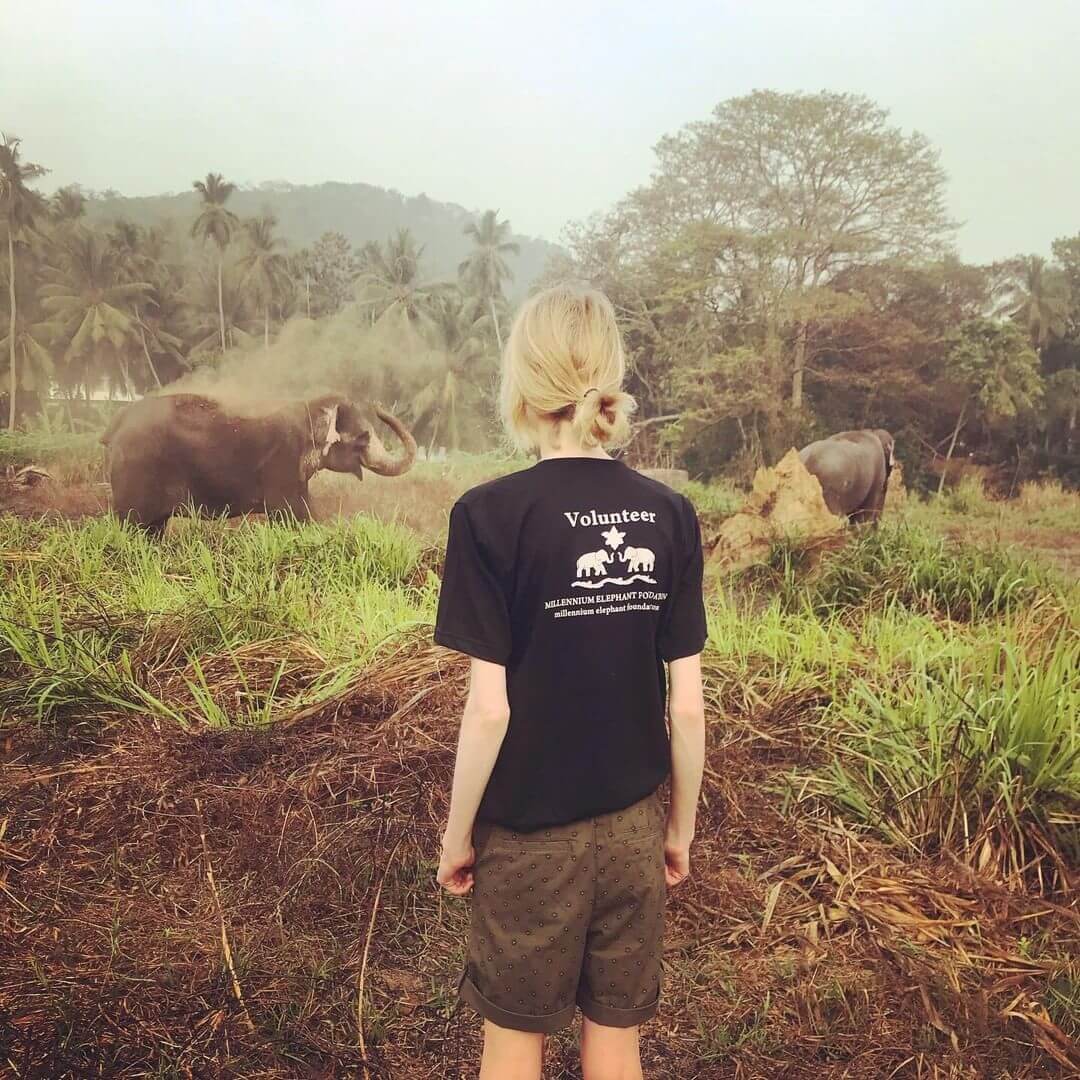
One of the finest examples of wildlife tourism in Sri Lanka. Is it wholesome? You bet your bottom dollar it is!
Why ride an elephant when you go for a tranquil stroll with it? Large considerations have been given to the wellbeing of their lovelies and Millennium Elephant Foundation now offers the Elephant Walk Experience. Instead of riding, the emphasis is on simply being with the wondrous creatures.
Walking with them, bathing with them, and learning about them in a much more ethically sound manner has taken the forefront. There’s even a volunteer project for those that just can’t get enough! This charity does a lot of good work, and it’s the funding from tourists and volunteers that makes it able to keep fighting the good fight.
Definitely check them out!
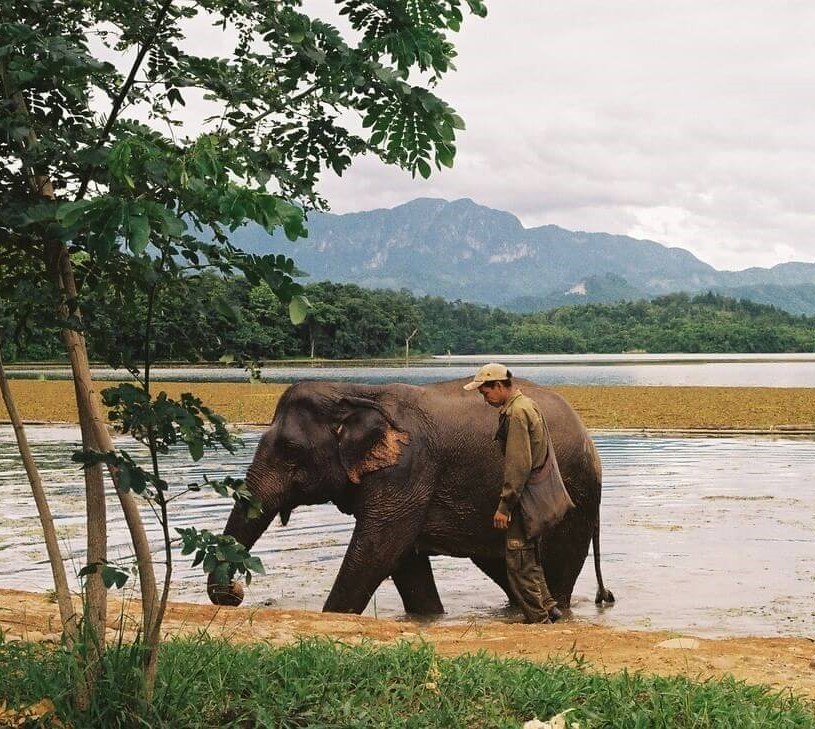
Rehoming, repopulating, rewilding: the three ‘re-‘s of the Elephant Conservation Center! This crew does amazing work. For years now these guys have been doing spectacular work for elephant populations in Laos.
Providing a home for both wild and ex-working elephants (in the logging and tourism industries), the Elephant Conservation Center’s main purpose is the herding and reintroduction of elephants back into the wild habitats of Laos. They perform veterinary care, habitat protection, and numerous other acts of whimsies. However, the primary goal is always on rehabilitation and the bolstering of Laos’s elephant population.
You can definitely sleep well at night knowing that your dollars are going towards with this crew. The Elephant Conservation Center has got some fantastic options for tourists to get involved and enjoy elephants in an abuse-free environment.
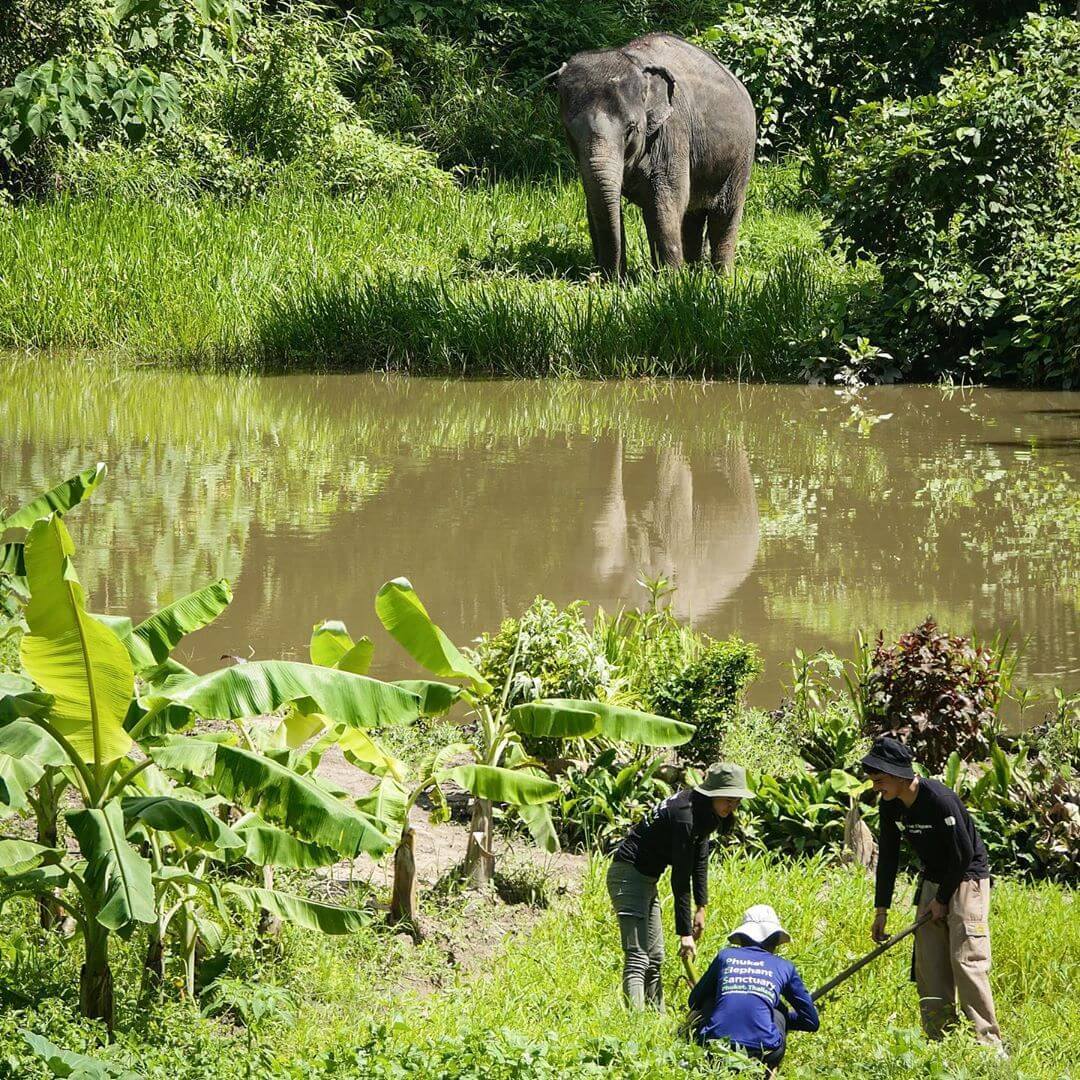
Thailand actually has a lot of ethical elephant sanctuaries which is heartwarming to say the least. However, Phuket Elephant Sanctuary does really set the bar high.
Interaction between the elephants and tourists is purely limited to feeding time. Outside of that, you’re just there for the tour and education and not for the sideshow. It’s another elephant sanctuary that actually is a sanctuary.
These guys provide a final home for retired elephants that have long been victims of cruelty in the animal tourism industry. They definitely deserve your support and it’s worth checking out their programs if you’re ever lazing about the Thai Isles.
Are Safaris Ethical?
Safaris exist worldwide and exist in a lot of formats, however, we’re specifically talking about the drive-look-and-photograph variety. They’re an extremely common and lucrative form of wildlife tourism in Africa. Africa is a place built for adventure; rawer than an uncooked wildebeest steak and more uncut than the most bloodstained of Angolan diamonds, truly, that shit be cray-cray!
Safaris are a moral grey area. Theoretically, there’s nothing wrong with them: you drive around staring at animals, and they probably stare back at you. In a funny way, you’re both animal tourist attractions! In this particular format, the worst criticism that you can level at safaris is that they’re intrusive on wild habitats.
However, not all safaris are created equal. The onus of responsibly to make a safari ethically sound falls on both the company and the driver. More often than not, this isn’t the case in practice. Safaris drive massive profits; that inspires bad practices.

Photo: BluesyPete (WikiCommons)
Reckless driving, a flagrant disregard for the rules—eg. keeping distance from the animals—and even just a complete excess of safaris (and thus an excess of traffic, endangerment of animals/habitats, and just all-round bad behaviour.). The unfortunate truth is that there are a lot of unethical safaris in the world. While they’re common in Africa, they aren’t often much better in Asia, the Americas, or anywhere else.
Safaris that aren’t deeply exacerbating the negative impacts of tourism on wildlife do exist, and they do create positivity. Safaris are ascribed with connecting economic value to wildlife and thus promoting their conservational worth to countries. However, that’s the commercial lesser-of-two-evils mindset.
An ‘ethical’ safari still isn’t a net positive; the native habitat doesn’t intrinsically profit from the act. In practice, they are purely a self-serving means of tourism.
Is Trophy Hunting Ethical?
Yeesh… Personally, I just don’t get hunting. I simply feel there must be better ways to get your jollies off. You could try getting laid instead!
There are cases for the ethics of trophy hunting; people promote ideals of a symbiotic relationship through:
- Financial gain to communities and local conservation efforts.
- Habitat preservation.
- Or acting as a deterrent to poachers.
And there’s a grain of truth in that all. But, also, numbers are truth.
Me + gun + African elephant + pew-pew = one less African elephant on the planet.
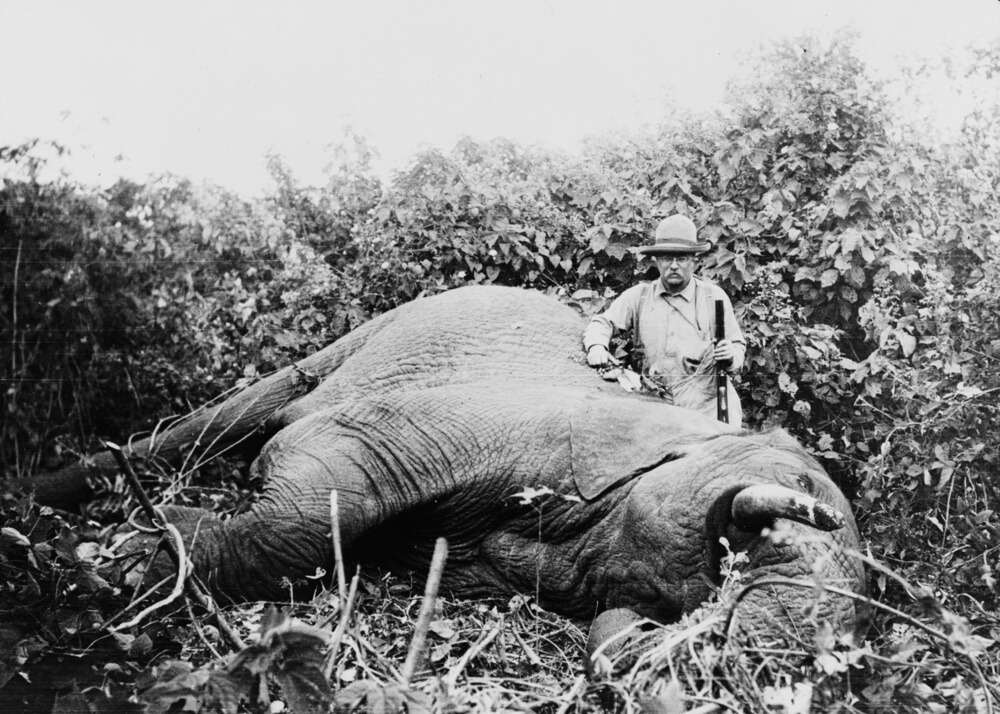
Photo: Van Altena, Edwards (WikiCommons)
It’s hard to make the case for trophy hunting in Africa or anywhere else for that matter. It’s literally the act of killing another living being for sport. If we can’t preserve habitats and support local communities in Africa without a roaring hunting tourism trade, then why are we even trying?
If you enjoy trophy hunting, you do you, but I hope that one day the lions and rhinos learn how to arm landmines. At the end of the day, it’s just not my jam. Some people like strawberry jam, and some people like jam bathed in the blood of their enemies.
I dream of a future where we protect our wildlife because we love them and not just because we love showing off their carcasses in our homes.
Are Zoos Ethical?
Zoos are kinda yukky too, right? Like, in concept, think about it—imagine if we put humans in a zoo. Oh wait… we did do that. Yikers.
Zoos (and aquariums), in their purest form, are yikers. Animals are put in a small enclosure—an imitation at most of their natural habitat—for the voyeuristic pleasure of humans (at a financial cost). That’s a Yikers with a capital ‘Y’.
But that’s not all zoos are anymore. There are zoos in a traditional yukky format, zoos which promote conservation through breeding efforts, wildlife parks where animals have more freedom to roam, and what’s the common thread among them all?
Animals are kept in captivity to be viewed by humans (for capitalistic gain). (Yikers…)
BUT (and this one is a moral doozy), there are once-critically endangered species of animals that have been saved from extinction by zoos. There are zoos that have done amazing work for both conservation and scientific efforts. In an imperfect world, they do present a solution for animals which are teetering on the brink of extinction.
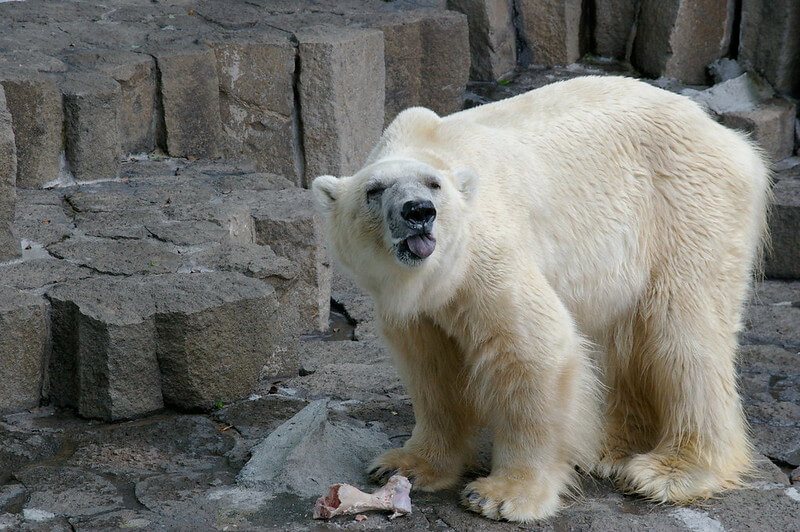
Photo: pelican (Flickr)
There are zoos that do good work, but that doesn’t mean zoos are ethical. Right across the board internationally we see examples of upstanding zoos and of animals being abused in zoos. Zoos do provide conservation efforts, and they do educate people, and they do place animals in unnatural environments of captivity as a business.
The question is whether more if visiting zoos as a tourist is really an ethical choice of responsible tourism? You can research zoos and find ones that have a history of conservation efforts—you’ll find zoos with good records everywhere (they’re a business; they gotta look the part). But you’ll also always be supporting the greater issue at large—the normalisation of captive animals serving as a touristic pleasure.
Personally, I prefer not to go to zoos. I don’t much see the pleasure of looking at animals in enclosures. I prefer meeting them in the wildest of shenanigans.
Performing Animals: Animals as Tourist Attractions and Abuse as Entertainment
Performing animals is a pretty straightforward no-no. There’s no version of reality where monkeys and dolphins are doing parlour tricks for treats in the wild.
This is another primary point—animals should not serve as tourist attractions: end of story. Performing, no. Interacting with tourists, particularly through petting or touching, no. Posing for photos and selfies—no (often, at least with wilder animals, they’re drugged for the purpose).
Anything that even exists on the ethical end of the animal tourism spectrum is not going to have any of this stuff. There aren’t sometimes acts of animal abuse through entertainment in the animal tourism industry; being the entertainment is an act of animal abuse.

Photo: @themanwiththetinyguitar
Let’s keep it simple—any types of animal tourism under the performing, interacting, or for-your-entertainment model, employ the tried-and-true 50-Foot-Pole Policy.
Thinking About Ethical Consumption on the Road
Hurr-hurr, vegan. Listen, I can shit on vegans all I want, but they’re right: our consumption habits worldwide are toxic. We are killing the planet.
There’s no reason when you’re travelling to not ever think about your ecological footprint: embracing sustainable travel is a brave goal to be shared by all backpackers worldwide. But it’s not just about what we’re leaving behind; what about what we’re taking with us?
Both the products we buy and the products we consume while travelling are not necessarily going to be the ethically sourced. Now, the same can be said of a boring trip to the banal supermarket during mundane home life, but things get more exotic on the road.
Ever heard of kopi luwak—the civet coffee. You could also call it the poop coffee! The coffee is brewed from the half-digested coffee cherries that have been eaten by the Asian palm civet. Sounds scrumptious, no?
Yeah, but now imagine that on an industrialised level. Imagine—much the same as a cow milking farm—a civet farm dedicated to overfeeding scores of cat-like cuties with coffee beans and harvesting their poop. Sounds more like z-grade pseudo-sequel to Soylent Green.
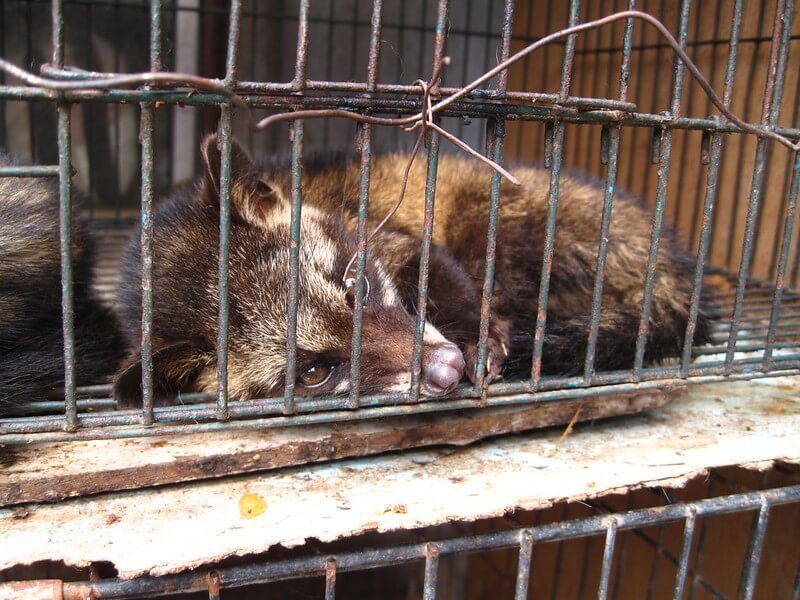
Photo: surtr (Flickr)
Remember that Tiger Temple I mentioned before? They were also harvesting tiger parts, including fangs and teeth, for some of those gorgeous pieces of jewellery we see across Asia and beyond.
It’s kind of a wig out when you suddenly consider that maybe that stunning necklace you picked up in Chiang Mai came from an abused and caged animal in a back storage room somewhere. The same can be said of your eating habits. I’ve met travellers who hotswapped to a more meat-free lifestyle mid-trip just because they started to pay closer attention.
Travel Responsibly – Can We Be Ethical Animal Tourists?
Now that we’ve examined the largest and most lucrative types of wildlife tourism, the question at hand has just loomed greater:
“Does ethical animal tourism actually exist?”
We’ve seen examples of wildlife tourism doing good—there are elephant sanctuaries (and other forms of animal sanctuaries) that prioritise the care of their cuties over the entertainment of the tourists that fund them. The same can be said of some zoos, though to a much, much lesser degree.
Being more responsible with your choices as a tourist while engaging with animals is certainly a step in the right direction, however, that doesn’t make you an ethical animal tourist. It just makes you a smarter-than-most animal tourist.

Photo: @themanwiththetinyguitar
Bar the exceptional circumstances—institutions where the welfare of abused and endangered animals is made the primary goal—most proposed positive impacts of wildlife tourism hinge on an ‘ends justifying the means’ moral supposition. That by sacrificing the quality-of-life of some animals, we can promote the conservation and positive treatment of wildlife at large…
…Now, Let’s Breakdown the Positive Impacts of Wildlife Tourism
The crux of the Spock-esque “Needs of the many…” premise is just that. The industries of wildlife tourism in Australia, Africa, Asia, and around the world bring in money. Money makes the world go round.

Photo: Will McCulloch (Flickr)
The theory is that if this money all goes to the right places, all wildlife benefits. If local communities in Africa receive a financial benefit from safaris and trophy hunting, then that promotes the conservation of the habitats these industries require. Animals now have a monetary value and that deters poaching, deforestation, and other more destructive industries.
If zoos are feeding the majority of their hard-earned cash— mostly everything past the admittedly expensive upkeep of a zoo—back into conservation and repopulation efforts, then that’s a net positive for the environment. Two wrongs make a right…
Of course, that discounts the intermediary factor—the human condition. While there are and always will be ethically-minded organisations, there will always be more organisations exploiting animals through cruelty in tourism. Corruption has a natural way of seeping into all capitalistic industries. When these industries seek to profit off of other living creatures, then that only paves the way for abuse.
The flimsy arguments for the importance of wildlife tourism only become flimsier when you dive deeper. Research on trophy hunting in Africa has not only found that a very small percentage of profits end up in the hands of local communities, but that big game (lions, elephants, etc.) isn’t even the biggest contributor to these industries. A similar hole can be picked in the environmental contributions of safaris—sometimes misleadingly dubbed “ecotourism”—although it is also important to remember that no two destinations are the same: the wildlife tourism in Botswana, for example, has a much better reputation than, say, Tanzania.

Looking at the wildlife tourism in Australia (because, yes, developed nations are equally guilty of the same crimes), there are zoos that have done good work. However, it can often be a smokescreen, deflection, or form of marketing through virtue signalling. Sea World Australia—home of performing dolphins and polar bear enclosures—cites its research and conservation efforts in their moral defence. However, evidence suggests that only a minuscule percentage of their annual takings are put into these efforts.
Thus, as the holes in the arguments for wildlife tourism start to more-and-more represent Swiss cheese, we instead turn to an attempt to define the parameters of what could be considered ethical animal tourism to find the answer to our lingering question.
The Individual Experience of Animals in Tourism
When you leave behind claims of wide-sweeping financial gains and instead start to examine the basic welfare of animals in tourism industries, it becomes more cut-and-dry. First, we always need to make sure that basic animal wellbeing checklist is being met:
- Freedom from hunger and thirst.
- Freedom from discomfort.
- Freedom from pain, injury, and disease.
- Freedom from fear and distress.
- Freedom to express normal behaviour.
While safaris then stand as the potentially least intrusive example of wildlife tourim, the question then becomes:
Can consistent interaction and contact with humans ever constitute normal behaviour?
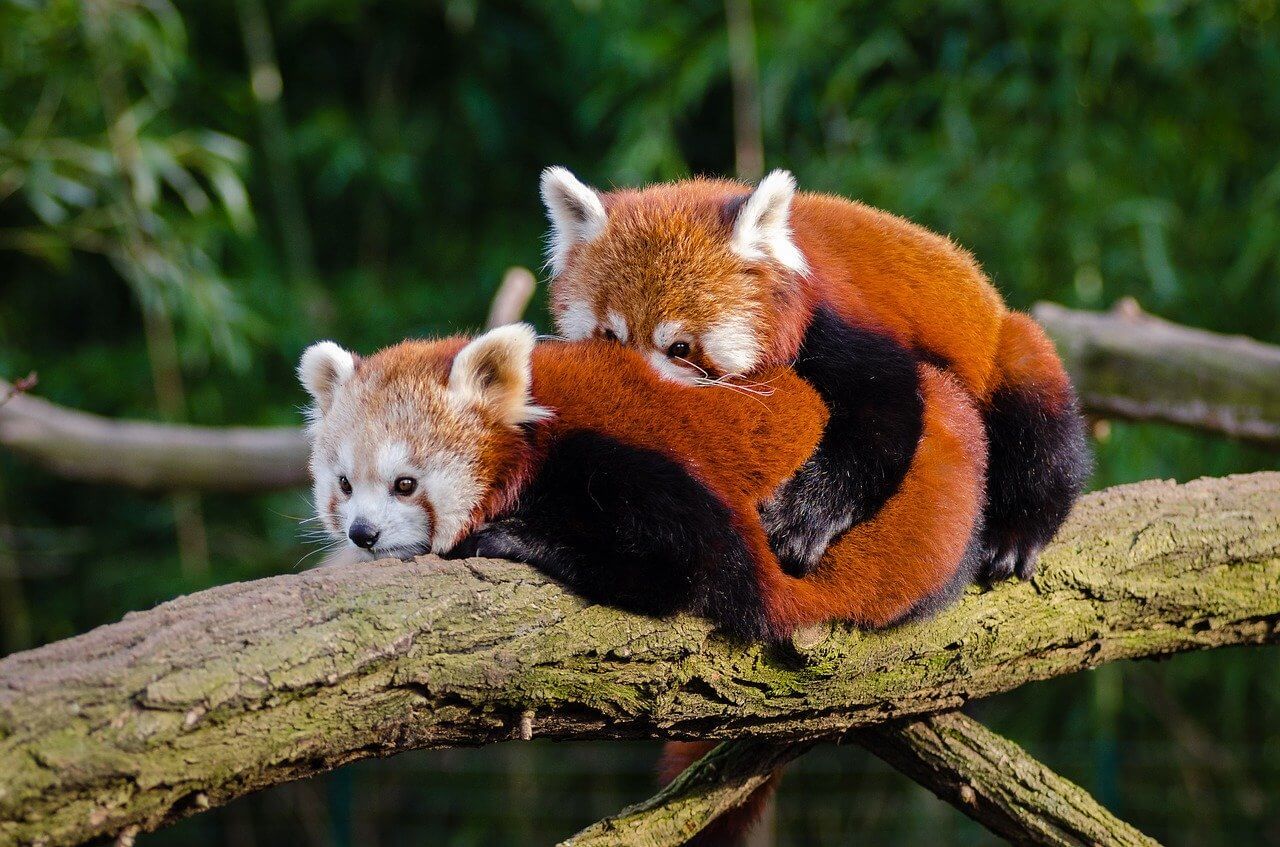
The answer is uneqivocally no. That is intrinsically unnatural behavour. Animals used for touristic purposes are not living their natural life: that is unethical.
Perhaps this next point is airy-fairy, but it’s an extremely valid concern raised by a colleague while we discussed this topic. What if animals have consciousness? What if animals have feelings?
Personally, I believe animals do experience consciousness AND emotions; a suggestion otherwise is not only moronic but intellectually dishonest. Anyone who has ever acted as a caregiver for an animal—domestic or otherwise—knows the same.
Animals have individual personalities, behaviours, and traits. We’ve seen gorillas mourn the deaths of kittens or orcas carrying their dead offspring as a method of grieving.
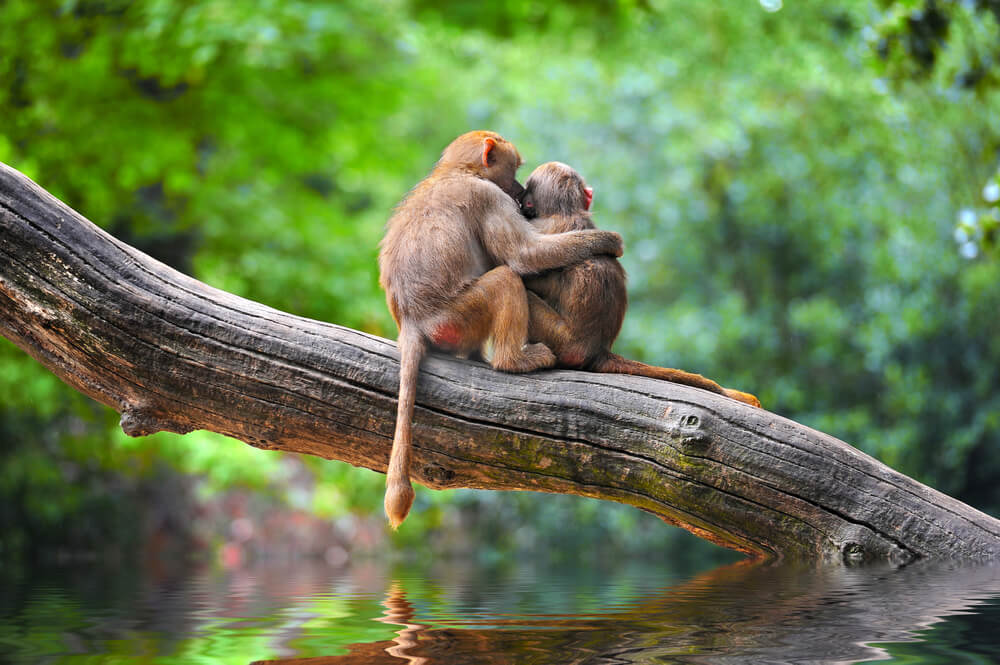
Once you contemplate the alternative hypothesis that animals don’t just endure physical suffering but also mental anguish, it becomes a hell of a lot harder to justify their use as tourist entertainment. If we were able to ask for their consent, would they give it?
Would you want your dog to be put through the crush in training for tourist rides? Hell, would you want a jeep of tourists driving around your neighbourhood and taking photos of the local kids playing footy in the streets?
When we start to imagine animals as individual beings experiencing consciousness of reality, the justification for animal tourism becomes a lot shakier.

Get 20% OFF when you book through our link — and support the site you love so dearly 😉
Booking.com is quickly becoming our go-to for accommodation. From cheap hostels to stylish homestays and nice hotels, they’ve got it all!
View on Booking.comEthical Animal Tourism and You: The Hippo-cratic Oath
So, one last-and-final time: does ethical animal tourism exist? I don’t feel it does.
There are good institutions out there worthy of financial support—that much is undeniable But it feels the same as asking if ethical murder exists. We can make cases for euthanasia and assisted suicide, but that’s not murder.
There is no ‘ethical murder’ because it is murder. While a few exceptional tangential concepts could blur the lines, it doesn’t if we keep the terminology clear.
While there are ethical animal welfare institutions with touristic capabilities, there is no ethical animal tourism because animal tourism cannot be ethical. It is the usage of animals in either captivity or as-close-to-wild-as-possible scenarios for the entertainment of tourists (and subsequent capital gain). There is not and can never be anything ethical about that.
Seeking an ethical type of wildlife tourism is seeking an escape clause to the reality of the situation.
So the next question becomes “What is our role as tourists?”
How to Help Stop Cruelty and Abuse in Animal Tourism
The first and foremost way to stop animal abuse in tourism industries is to simply never engage with it:

We’re not conservationists nor are we environmental scientists: we’re tourists and we’re consumers. The most powerful choice an ethical consumer can always make is to vote with their wallet. Once the money stops flowing in, the industries dry up.
Even if you’re still hankering for that elephant experience, savannah safari, or day at the zoo with the kids, putting in the research to find a respectable organisation is still a powerful choice. Choosing only to support ethically-minded organisations is still a vote with your wallet. Any decision to partake in wildlife tourism needs to be respected as the highly impactful choice that it is.
Bad decisions will inevitably support cruelty in animal tourism industries.
However, past what you do with your own money, the next-best way to help stop animal abuse through tourism is to speak out and educate others. My experience witnessing wildlife tourism in Sri Lanka was actually the inspiration of this article. Despite this high-brow quasi-philosophical conversation about our ethical responsibilities as tourists, sometimes it still feels like we’re the stupidest creatures in the animal kingdom.
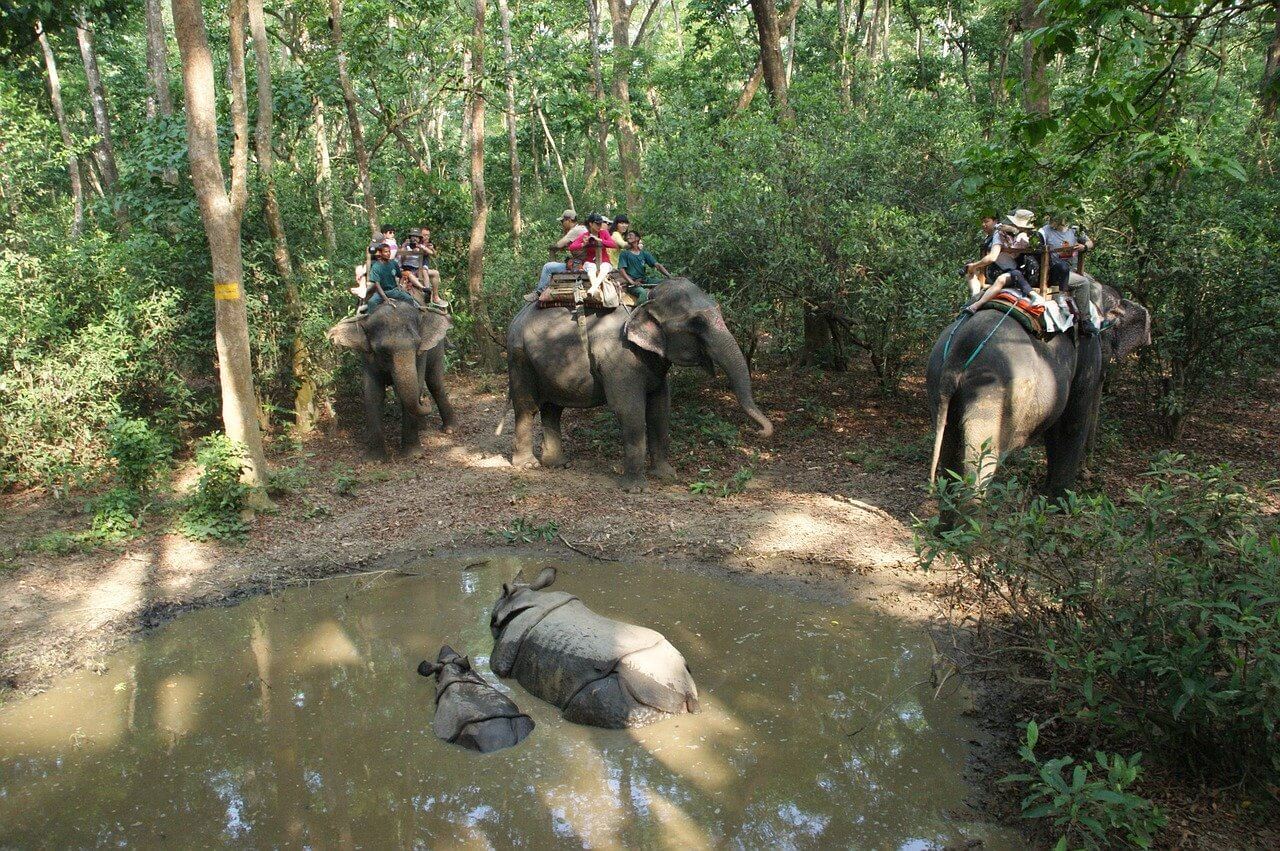
I thought not paying to ride a chained elephant wearing a howdah (saddle-thing) around while a mahout (handler) led it through the streets of a Sri Lankan village with a bullhook was just common-fucking-sense, but lo and behold, I was wrong. Here I was seeing it firsthand. A poor chained elephant being frogmarched down the street carrying two foreigners.
So imagine my almost ecstatic delight when another tourist—a middle-aged woman—came cannonballing out of a nearby shop and careering down the street TOWARDS AN ELEPHANT screaming bloody murder at the mahout and, particularly, two dumbass tourists on the elephant’s back.
Now, while this may not be so much the honey as it is the vinegar route, truly, she is the hero we deserve.
I want to stress that solo experiences will differ depending on which LGBTQ letter you most strongly identify with. Your gender, and your presentation of that gender, will also shape your experiences.
Because if they’re doing something as morally bankrupt as riding on an elephant, then they’re either:
- Unaware
- Stupid
- Or a knob
And in all three scenarios, it’s good to call them out.
Animal-Friendly Tourism: First, Do No Harm
I’m sticking with my 50-Foot-Pole Policy. I don’t touch animal tourism, I’d prefer if my team of sextacular adventure experts didn’t touch it, and we certainly do not condone or promote animal tourism on The Broke Backpacker. That’s a hard line. It’s even included as a core value in The Broke Backpacker Manifesto.
But I appreciate autonomy, freedom-of-choice, and realistic expectations. Once again—tourists are gonna tourist. That’s why this post needs writing.
Because people need to be made aware of their impact on wildlife through tourism. We need to, as a community of travellers, really start to educate and share the right message about wildlife tourism.
It’s easy to fall into the trap of just going with the crowd and not thinking about the ethics of animal tourism. It’s easy to become a pawn-in-the-middle of the two sides of the political war that is this heated debate. However, in doing so, we forget about our own power.
Our power as the market, as people, and as a shared tribe of responsible travellers who do give a shit.
I don’t expect anyone to change overnight: change comes slow. But you can start by educating yourself and others on the matter. By researching and carefully considering your impact if and when you choose to partake in wildlife tourism activities. And by setting an example to other travellers around you.
And then, I hope in time you’ll join us. The 50-Foot-Pole Policy is an open-door policy—no conditions, catches, or requirements. There are no lock-in contracts, and you’re free to join or leave at anytime.
Because animal tourism isn’t ethical.

Buy Us a Coffee!
A couple of you lovely readers suggested we set up a tip jar for direct support as an alternative to booking through our links, since we’ve decided to keep the site ad-free. So here it is!
You can now buy The Broke Backpacker a coffee. If you like and use our content to plan your trips, it’s a much appreciated way to show appreciation 🙂









